Rice farming in Nigeria
Rice farming is an important agricultural activity in Nigeria. The country has a high demand for rice due to its status as a staple food in the Nigerian diet. Historically, Nigeria has been a major importer of rice, but the government has been making efforts to promote domestic rice production to reduce dependence on imports and enhance food security.

source
Here are some key points about rice farming in Nigeria:
Production Areas: Rice farming is practiced in various parts of Nigeria, including states such as Kebbi, Niger, Ebonyi, Kano, and Benue. These states have favorable climatic conditions and suitable soil for rice cultivation.
Varieties: Different rice varieties are grown in Nigeria, including upland rice and lowland or irrigated rice. Popular varieties include Faro 44, Faro 52, FARO 56, FARO 57, and Nerica varieties.
Farming Techniques: Rice farming techniques in Nigeria range from traditional methods to modern approaches. Traditional methods involve manual labor, hand planting, and harvesting, while modern methods incorporate machinery and equipment for cultivation, planting, and harvesting.
Government Interventions: The Nigerian government has implemented various programs and policies to boost rice production. This includes the Anchor Borrowers' Program (ABP), which provides loans and support to small-scale farmers, and the Presidential Fertilizer Initiative (PFI), which aims to ensure the availability of affordable fertilizers for rice farmers.
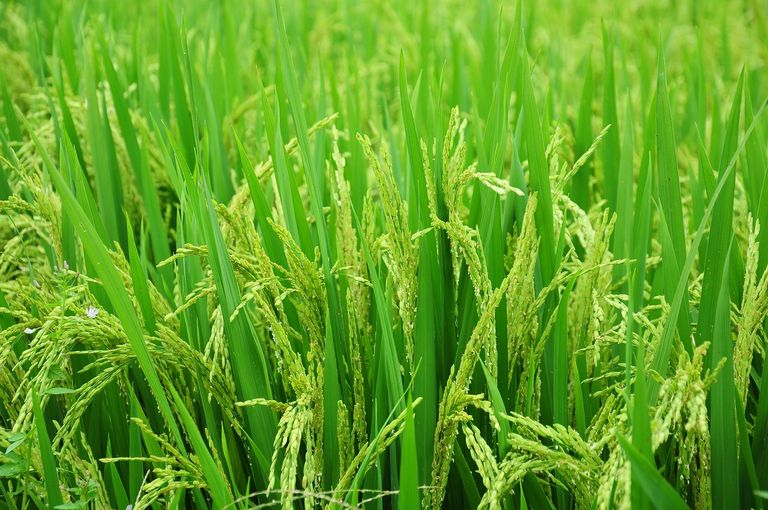
sourceChallenges: Rice farming in Nigeria faces several challenges, including inadequate infrastructure, limited access to credit for farmers, pest and disease outbreaks, and inconsistent power supply for irrigation purposes. These challenges affect productivity and the overall competitiveness of Nigerian rice in the global market.
Achievements: Despite the challenges, Nigeria has made significant progress in rice production. The country has experienced a steady increase in domestic rice production, reducing the need for imports. This has led to the establishment of rice mills and processing centers, creating employment opportunities and contributing to the country's economic growth.
Rice Processing and Value Chain: In addition to rice farming, there is a growing focus on rice processing and value addition in Nigeria. This involves activities such as parboiling, milling, packaging, and distribution, which help to improve the quality and marketability of Nigerian rice.
The development of rice farming in Nigeria is crucial for achieving self-sufficiency in rice production, reducing imports, and enhancing food security. The government, farmers, and other stakeholders continue to collaborate to overcome challenges and implement strategies that support sustainable rice farming practices.
Some production areas and states in Nigeria
Here are some of the key rice production areas and states in Nigeria:
Kebbi State: Kebbi State is known as the "Rice Bowl of Nigeria." It is one of the leading states in rice production, particularly in the Argungu and Yauri regions. Kebbi State has favorable climatic conditions and a large expanse of land suitable for rice cultivation.
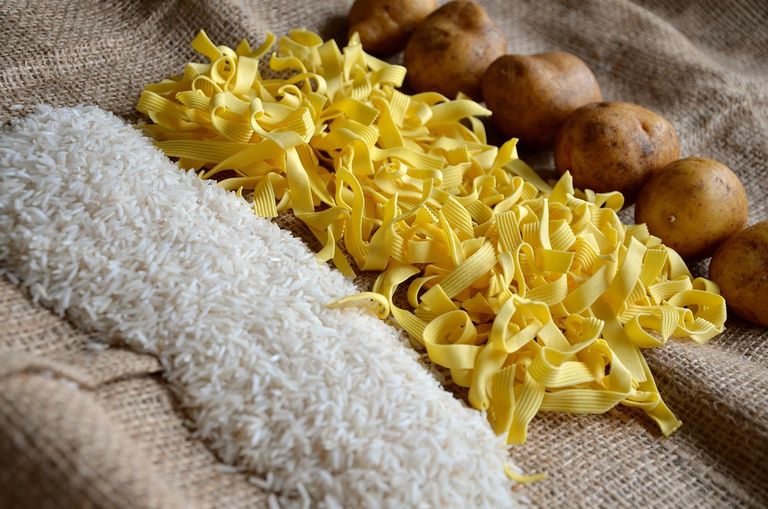
sourceNiger State: Niger State, located in the central part of Nigeria, is another significant rice-producing state. The regions of Bida, Kontagora, and Lapai are known for their rice farming activities.
Ebonyi State: Ebonyi State, in the southeastern part of Nigeria, has emerged as a major rice-producing state. The Abakaliki region, in particular, is known for its high-quality rice production.
Kano State: Kano State, located in the northern part of Nigeria, has a long history of rice cultivation. The state is known for producing both upland and irrigated rice, with the regions of Kano and Wudil being important rice production areas.
Benue State: Benue State, situated in the North-Central part of Nigeria, is recognized for its agricultural productivity, including rice farming. The regions of Otukpo and Gboko are known for their rice cultivation activities.
Taraba State: Taraba State, located in the northeastern part of Nigeria, has favorable agro-climatic conditions for rice farming. Regions like Gassol, Bali, and Lau are significant rice production areas.
Nassarawa State: Nassarawa State, neighboring the Federal Capital Territory (FCT), is another state actively involved in rice production. The regions of Lafia, Keana, and Doma are known for their rice cultivation.
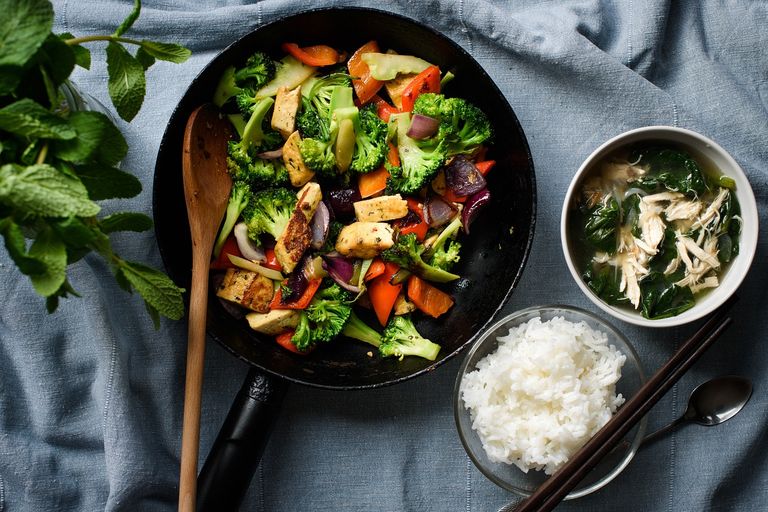
source
These are just a few examples of states and regions in Nigeria where rice farming is prominent. Other states such as Ogun, Anambra, Sokoto, and Zamfara also contribute to the country's rice production.
Types of rice varieties in Nigeria
In Nigeria, various rice varieties are cultivated to meet the diverse preferences and requirements of consumers and farmers. Here are some of the common rice varieties grown in Nigeria:
Faro 44: Faro 44 is a popular upland rice variety in Nigeria. It has good grain quality, high yield potential, and is resistant to diseases such as rice blast. It matures relatively quickly, which makes it suitable for upland rice farming.
Faro 52: Faro 52 is an improved upland rice variety developed by the Africa Rice Center (AfricaRice). It is known for its high yield potential, good grain quality, and resistance to pests and diseases. Faro 52 performs well in upland and rain-fed conditions.
Faro 56: Faro 56 is another improved upland rice variety developed by AfricaRice. It is known for its high yield potential, good grain quality, and tolerance to drought conditions. Faro 56 is suitable for upland rice farming in areas with limited water availability.
Faro 57: Faro 57 is an improved lowland or irrigated rice variety developed by AfricaRice. It has good yield potential, excellent grain quality, and is resistant to pests and diseases. Faro 57 performs well in lowland and irrigated rice farming systems.
Nerica Varieties: Nerica (New Rice for Africa) is a series of rice varieties developed by the Africa Rice Center. These varieties are hybrids resulting from crossing African and Asian rice species. Nerica varieties are known for their high yield potential, disease resistance, and adaptation to different agro-ecological conditions in Africa. Some popular Nerica varieties in Nigeria include Nerica L-19, Nerica L-14, and Nerica L-17.
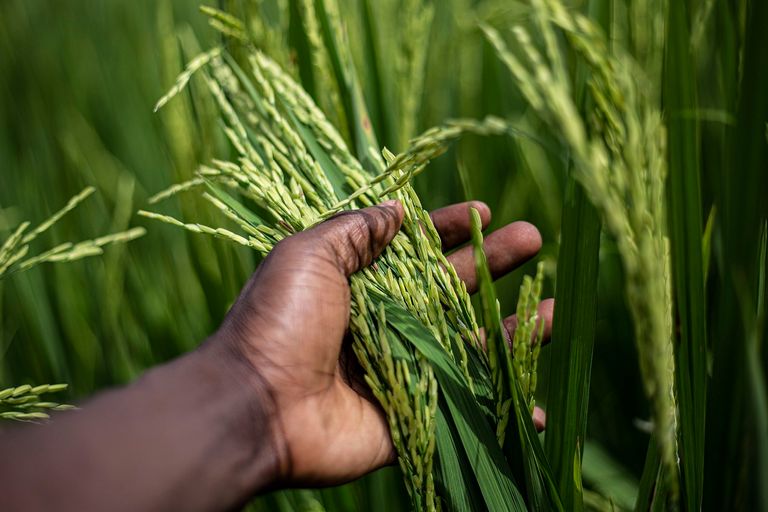
sourceOfada Rice: Ofada rice is a local variety of rice cultivated in southwestern Nigeria, particularly in Ogun State. It is characterized by its unique aroma, short grains, and brownish color. Ofada rice is highly valued for its traditional taste and is often used in the preparation of local dishes like Ofada stew.
These are just a few examples of rice varieties grown in Nigeria. There may be other local varieties and improved hybrids that are specific to certain regions or farmers' preferences. The cultivation of different rice varieties helps to diversify production, improve resilience to pests and diseases, and cater to the varying demands of consumers in Nigeria.
Farming Techniques and duration for rice
Rice farming techniques in Nigeria vary depending on the type of rice, farming system (upland or lowland), and the level of mechanization. Here are some common farming techniques for rice cultivation in Nigeria:
Land Preparation: The first step in rice farming is land preparation. For upland rice, the land is usually cleared of weeds and debris, plowed, and harrowed to create a fine seedbed. In lowland or irrigated rice farming, the fields are leveled and bunds or dikes are constructed to control water flow.
Seed Selection and Preparation: High-quality seeds are selected for planting. Seeds can be pre-soaked in water to promote germination before sowing. In some cases, nurseries are prepared to raise seedlings for transplanting in the field.
Planting: There are two primary methods of planting rice: direct seeding and transplanting. In direct seeding, rice seeds are broadcasted or drilled into the prepared field. Transplanting involves growing seedlings in nurseries and then transplanting them into the main field when they reach a certain age and size.
Irrigation and Water Management: For lowland or irrigated rice farming, water management is crucial. Puddling of the field is done to soften the soil and improve water retention. Depending on the availability of water, irrigation can be done through flooding or controlled water supply.
Weed Control: Weeds are managed through manual weeding, herbicide application, or a combination of both. In traditional farming systems, manual weeding is commonly practiced. However, herbicides are also used in mechanized and large-scale rice farming.
Fertilizer Application: Fertilizers, both organic and inorganic, are applied to provide essential nutrients for the rice plants. The type and quantity of fertilizer depend on soil fertility levels and the specific nutrient requirements of the rice variety being cultivated.

Pest and Disease Control: Rice crops can be affected by various pests and diseases. Integrated Pest Management (IPM) practices are employed, which may involve the use of pesticides, resistant varieties, cultural practices, and biological control methods to manage pest and disease outbreaks.
Harvesting: Rice is ready for harvest when the grains are fully mature and the moisture content is around 20-25%. In traditional systems, rice is often manually harvested using sickles or knives. In larger-scale farming, combine harvesters or rice reapers can be used for more efficient harvesting.
The duration for rice cultivation can vary depending on the rice variety, farming system, and environmental conditions. On average, it takes about 3-6 months for upland rice varieties to mature and around 4-6 months for lowland or irrigated rice varieties. The specific duration can vary from one variety to another, with some early-maturing varieties taking as little as 3 months, while others may take up to 6-7 months to reach maturity.
How has the Nigerian government intervened in the production of rice
The Nigerian government has implemented various interventions to promote and support the production of rice in the country. These interventions are aimed at reducing dependence on rice imports, enhancing domestic production, and improving food security. Here are some key ways in which the Nigerian government has intervened in rice production:
Anchor Borrowers' Program (ABP): The ABP is an initiative of the Central Bank of Nigeria (CBN) aimed at providing financial support to small-scale farmers, including rice farmers. Under this program, farmers receive loans at low-interest rates to cultivate rice and other agricultural commodities. The loans cover inputs such as seeds, fertilizers, pesticides, and machinery, enabling farmers to expand their production capacity.

Presidential Fertilizer Initiative (PFI): The PFI is an initiative launched by the Nigerian government to ensure the availability of affordable fertilizers to farmers. The aim is to enhance soil fertility and productivity in rice farming and other agricultural sectors. The PFI involves partnerships between the government and private sector companies for the local production, distribution, and sale of fertilizers at subsidized rates.
Import Restriction and Tariffs: The Nigerian government has imposed import restrictions and high tariffs on rice imports to protect domestic rice producers. This measure aims to create a more level playing field for local farmers and discourage reliance on foreign rice. The import restrictions and tariffs have helped to stimulate domestic rice production and investment in the rice value chain.
Provision of Farming Inputs and Machinery: The government has implemented programs to provide farmers with improved seeds, fertilizers, and agrochemicals. This is done through initiatives such as the Growth Enhancement Support Scheme (GESS) and the distribution of subsidized inputs to rice farmers. In addition, the government has also facilitated the availability and access to farm machinery and equipment, including tractors and threshers, to enhance mechanized rice farming.
Support for Research and Development: The Nigerian government has allocated resources to support research and development activities in the rice sector. This includes funding research institutions and agricultural universities to develop improved rice varieties, pest and disease control measures, and sustainable farming practices. These efforts aim to increase productivity, enhance quality, and boost the overall competitiveness of Nigerian rice.
Establishment of Rice Processing Centers: The government has facilitated the establishment of rice mills and processing centers across the country. These processing centers help to add value to raw rice by parboiling, milling, and packaging, thereby improving the marketability of Nigerian rice. The government provides support and incentives for the establishment of these processing facilities to encourage value addition and create employment opportunities.

These government interventions have played a significant role in boosting rice production in Nigeria, reducing the country's dependence on rice imports, and stimulating economic growth in the agricultural sector.
Some challenges in rice production
While rice production in Nigeria has been growing, there are several challenges that farmers and the agricultural sector face. Here are some of the key challenges in rice production:
Insufficient Infrastructure: The lack of adequate infrastructure, such as irrigation systems, rural roads, and storage facilities, poses challenges to rice farming. Inadequate irrigation infrastructure limits the availability of water for rice cultivation, particularly in upland areas. Poor rural roads make it difficult to transport inputs and harvests, while inadequate storage facilities lead to post-harvest losses.
Limited Access to Credit: Many rice farmers, especially small-scale farmers, face challenges in accessing affordable credit to invest in inputs, equipment, and technologies necessary for rice production. Limited access to credit restricts farmers' ability to expand their operations, adopt modern farming techniques, and enhance productivity.
Pest and Disease Outbreaks: Rice crops are susceptible to various pests and diseases, including rice blast, bacterial leaf blight, stem borers, and weeds. Pest and disease outbreaks can result in significant yield losses if not adequately managed. Limited access to effective pest control measures and technical knowledge for disease management pose challenges for rice farmers.
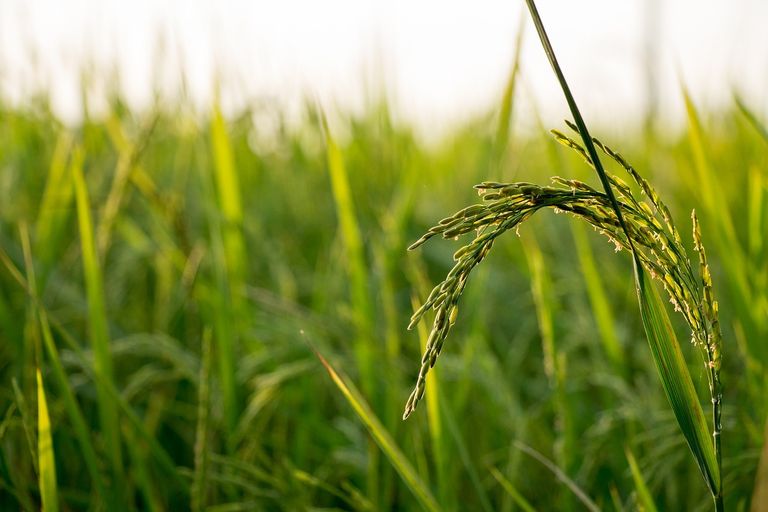
Inconsistent Power Supply: Reliable and consistent electricity supply is crucial for rice production, especially in areas where irrigation systems and rice processing facilities require electrical power. However, inadequate and unreliable power supply hampers the efficient operation of irrigation systems, mechanized farming equipment, and rice processing mills.
Climate Change and Water Management: Climate change impacts, such as irregular rainfall patterns, droughts, and flooding, pose challenges to rice production. Erratic weather patterns affect water availability and timing, making it challenging to manage water resources effectively for rice cultivation. Adaptation strategies, including improved water management practices, are necessary to mitigate the impact of climate change.
High Production Costs: Rice production often involves high costs due to the need for inputs like seeds, fertilizers, pesticides, machinery, and labor. The rising cost of inputs and fluctuating prices of agricultural commodities can affect the profitability of rice farming, particularly for small-scale farmers.
Post-Harvest Losses: Inadequate post-harvest handling and storage facilities contribute to post-harvest losses in rice production. Improper drying, inadequate storage structures, and pest infestation can lead to quality deterioration and reduced market value of harvested rice.
Market Access and Price Volatility: Farmers often face challenges in accessing reliable markets and getting fair prices for their rice produce. Limited market linkages, price fluctuations, and market distortions can affect farmers' income and profitability.
Addressing these challenges requires concerted efforts from the government, agricultural institutions, farmers, and other stakeholders. Investments in infrastructure development, access to credit, research and extension services, climate-smart technologies, and market linkages are crucial to overcome these challenges and promote sustainable rice production in Nigeria.
States that consumes most rice in Nigeria
Rice consumption in Nigeria is widespread across the country, but certain states are known for having higher rice consumption rates compared to others. Here are some states that are considered to have high rice consumption in Nigeria:

Lagos State: Lagos, being the most populous state in Nigeria and home to the country's economic hub, has a high demand for rice. The state's large population and urbanization contribute to increased rice consumption.
Kano State: Kano, located in the northern part of Nigeria, has a significant population that relies heavily on rice as a staple food. The state's cultural preferences and culinary practices contribute to a high consumption of rice.
Rivers State: Rivers State, particularly the city of Port Harcourt, is known for its high rice consumption. The state has a diverse population that includes various ethnic groups, and rice is a popular food choice among them.
Ogun State: Ogun State, located in southwestern Nigeria, has a significant rice-consuming population. It shares a border with Lagos State, and its proximity to the economic activities in Lagos contributes to the high rice consumption in the state.
Anambra State: Anambra State, situated in the southeastern part of Nigeria, has a high rice consumption rate. Rice is a staple food in the region, and the state is known for its local rice production and culinary traditions.
Delta State: Delta State, located in the Niger Delta region, is another state with a significant rice-consuming population. The state's diverse population, including various ethnic groups, contributes to the demand for rice as a staple food.
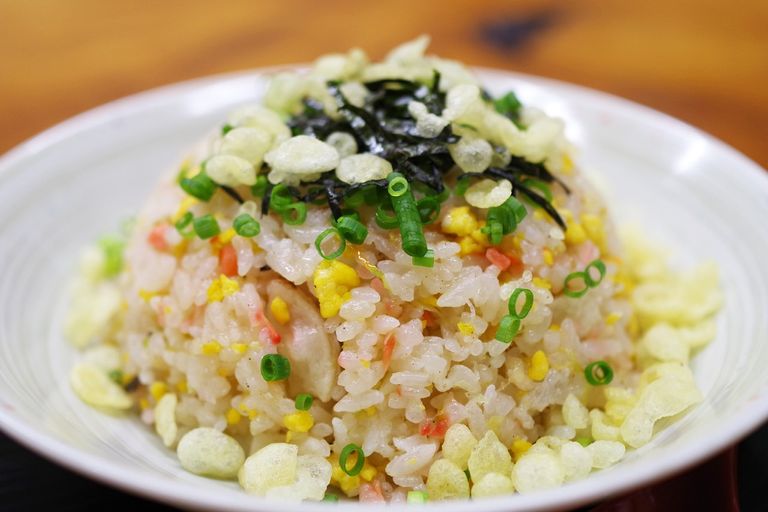
Rice consumption is not limited to these states, as rice is widely consumed across Nigeria. The aforementioned states are recognized for their relatively higher rice consumption rates due to factors such as population size, urbanization, cultural preferences, and economic activities.
How is rice being prepared in Nigeria. Some different delicacies prepared with rice
Rice is prepared in various ways in Nigeria, and it serves as the foundation for many delicious and diverse dishes. Here are some popular delicacies prepared with rice in Nigeria:
Jollof Rice: Jollof Rice is arguably the most famous rice dish in Nigeria. It is a one-pot rice dish cooked in a tomato-based sauce with various seasonings and spices. Jollof Rice often includes vegetables, meat, or fish, and it is known for its vibrant red color and rich flavors.
Fried Rice: Fried Rice is another popular rice dish in Nigeria. It is cooked by stir-frying cooked rice with vegetables such as carrots, peas, sweet corn, onions, and bell peppers. Often, fried rice includes proteins like chicken, shrimp, or beef, and it is seasoned with soy sauce and other spices.
Coconut Rice: Coconut Rice is a flavorful rice dish cooked with coconut milk and spices. It has a rich and slightly sweet taste due to the coconut milk infusion. Coconut Rice may include vegetables, meat, or seafood, and it is a favorite dish in coastal regions of Nigeria.
Ofada Rice: Ofada Rice is a local Nigerian rice variety that is often served with a special sauce known as Ofada Stew. The rice has a unique taste and texture, and it is typically paired with a spicy sauce made from palm oil, locust beans, assorted meats, and peppers.
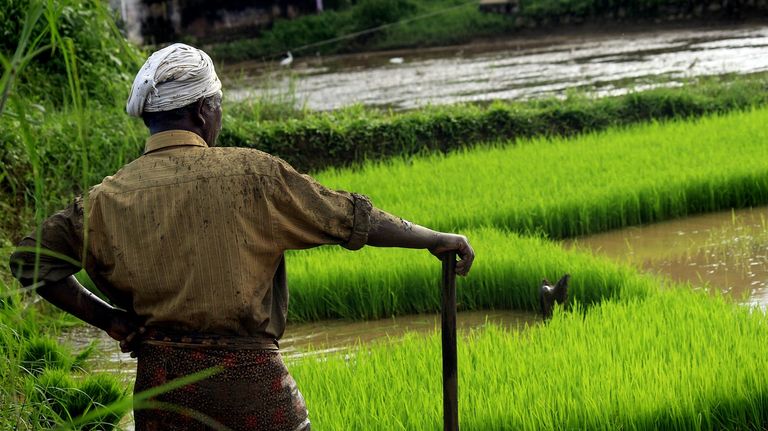
Rice and Beans: Rice and Beans is a popular combination dish in Nigeria. It involves cooking rice and beans together in a savory sauce, often with tomatoes, onions, and spices. It can be served with fried plantains, fried or grilled fish, or meat.
Native Rice: Native Rice refers to rice dishes that incorporate local ingredients and flavors. These dishes vary depending on the region, but they often feature a combination of local spices, vegetables, and meats or seafood.
Rice Pudding: Rice Pudding is a sweet rice-based dessert. Cooked rice is simmered in milk, sweetened with sugar or honey, and flavored with ingredients like vanilla, nutmeg, or cinnamon. It can be served warm or chilled and is sometimes garnished with fruits or nuts.
These are just a few examples of the many delicious delicacies prepared with rice in Nigeria. The diversity of Nigerian cuisine ensures that rice is enjoyed in various forms, with different flavors and ingredients, reflecting the country's rich culinary heritage.
How about Tuwon shinkafa
Tuwon Shinkafa is a traditional Nigerian dish that is popular in the northern regions of the country, particularly among the Hausa and Fulani ethnic groups. It is a type of swallow or starchy staple made from rice.
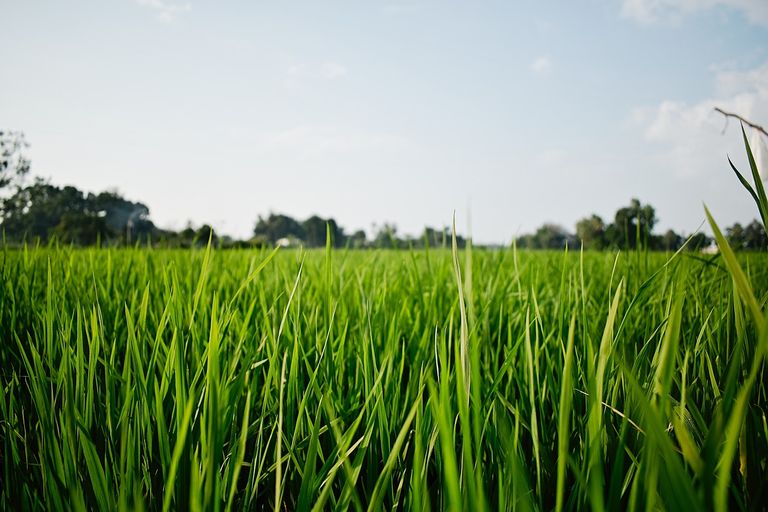
The preparation of Tuwon Shinkafa involves the following steps:
Rice Selection: Long-grain rice, typically local Nigerian rice varieties, is commonly used for making Tuwon Shinkafa. The rice is thoroughly cleaned to remove any impurities.
Parboiling: The rice is parboiled by boiling it in water until it is partially cooked. Parboiling helps to soften the rice and make it easier to pound and transform into a swallow consistency.
Pounding: After parboiling, the partially cooked rice is drained and transferred to a mortar or large pestle and mortar set. It is pounded with a wooden pestle until it forms a smooth, sticky mass. This process requires physical strength and repetitive pounding motions.
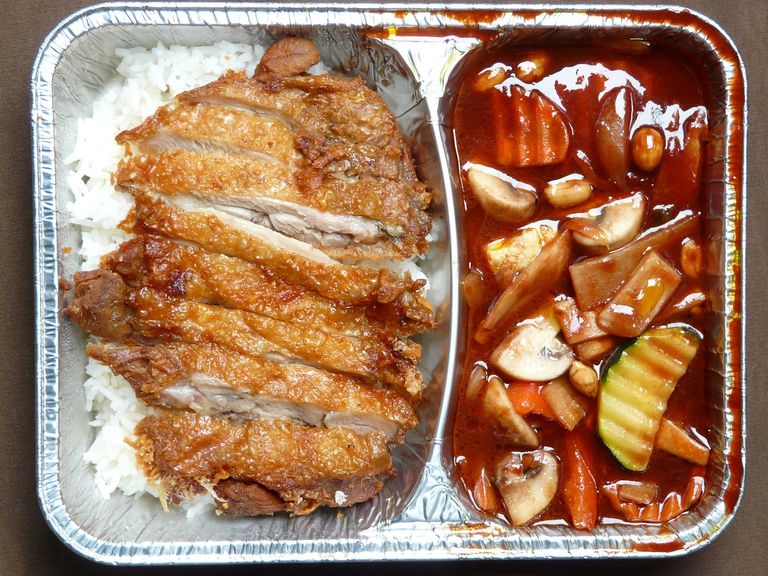
Molding: Once the rice is pounded into a smooth consistency, it is divided into smaller portions and shaped into round or oval-shaped balls by hand.
Serving: Tuwon Shinkafa is traditionally served hot. It is commonly enjoyed with various Nigerian soups or stews, such as Miyan Kuka (Baobab Leaf Soup), Miyan Taushe (Pumpkin Soup), Miyan Zogale (Moringa Soup), or Miyan Kuka da Wake (Baobab Leaf Soup with Cow Skin). It is typically eaten by taking small portions of the Tuwon Shinkafa, rolling it into a ball, and using it to scoop up the soup or stew.
Tuwon Shinkafa is known for its soft and swallow-like texture. It is a staple dish in the northern regions of Nigeria and is valued for its simplicity and versatility as a base for enjoying various flavorful soups.
Rice farming plays a significant role in Nigeria's agricultural sector and food security. The country has made efforts to increase domestic rice production, reduce dependence on imports, and promote self-sufficiency. Various states in Nigeria, such as Kebbi, Niger, Ebonyi, Kano, and Benue, are known for their active involvement in rice farming.
The Nigerian government has intervened in rice production through initiatives like the Anchor Borrowers' Program, Presidential Fertilizer Initiative, import restrictions, provision of farming inputs and machinery, and support for research and development. These interventions aim to provide financial support, improve access to inputs and technology, enhance soil fertility, and strengthen the rice value chain.
However, rice farming in Nigeria faces challenges such as inadequate infrastructure, limited access to credit, pest and disease outbreaks, inconsistent power supply, climate change impacts, high production costs, and post-harvest losses. Addressing these challenges requires investment in infrastructure, access to credit, research and extension services, climate-smart technologies, and market linkages.
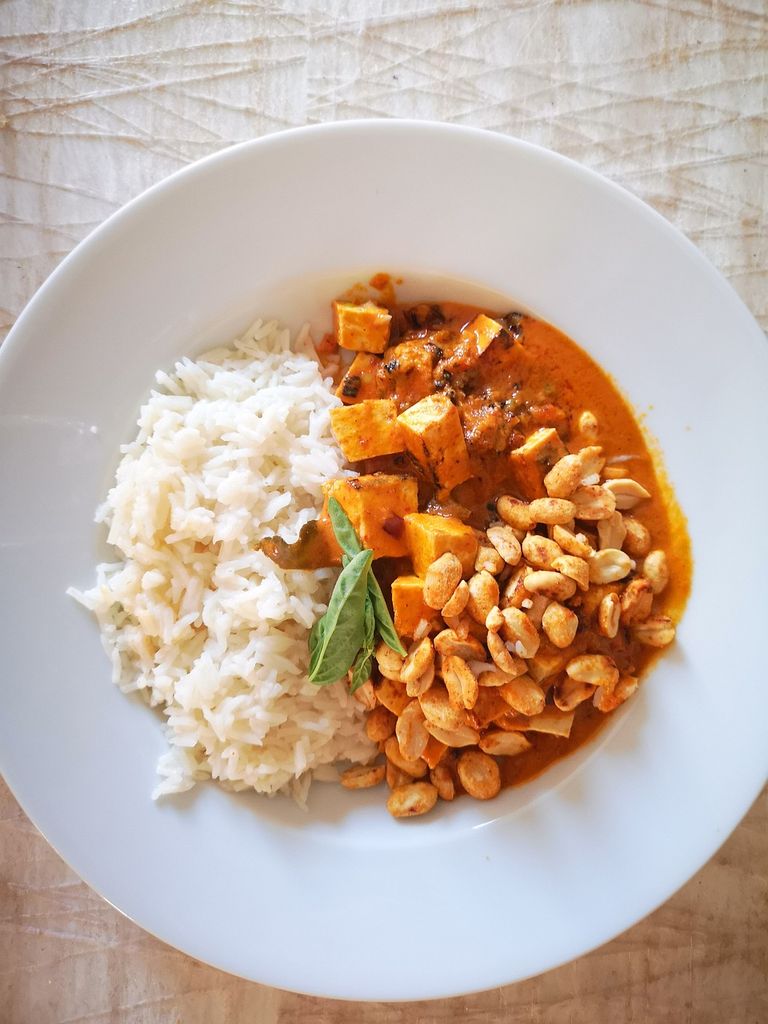
Despite these challenges, Nigeria has made progress in rice production, with increased domestic production and the establishment of rice mills and processing centers. Rice is prepared in various ways in Nigeria, including popular delicacies such as Jollof Rice, Fried Rice, Coconut Rice, Ofada Rice, Rice and Beans, and native rice dishes. These dishes showcase the diversity of Nigerian cuisine and the importance of rice as a staple food.

Conclusion
Rice farming and consumption contribute significantly to Nigeria's economy, food security, and cultural heritage, and efforts continue to further develop the sector and overcome challenges for sustainable rice production.